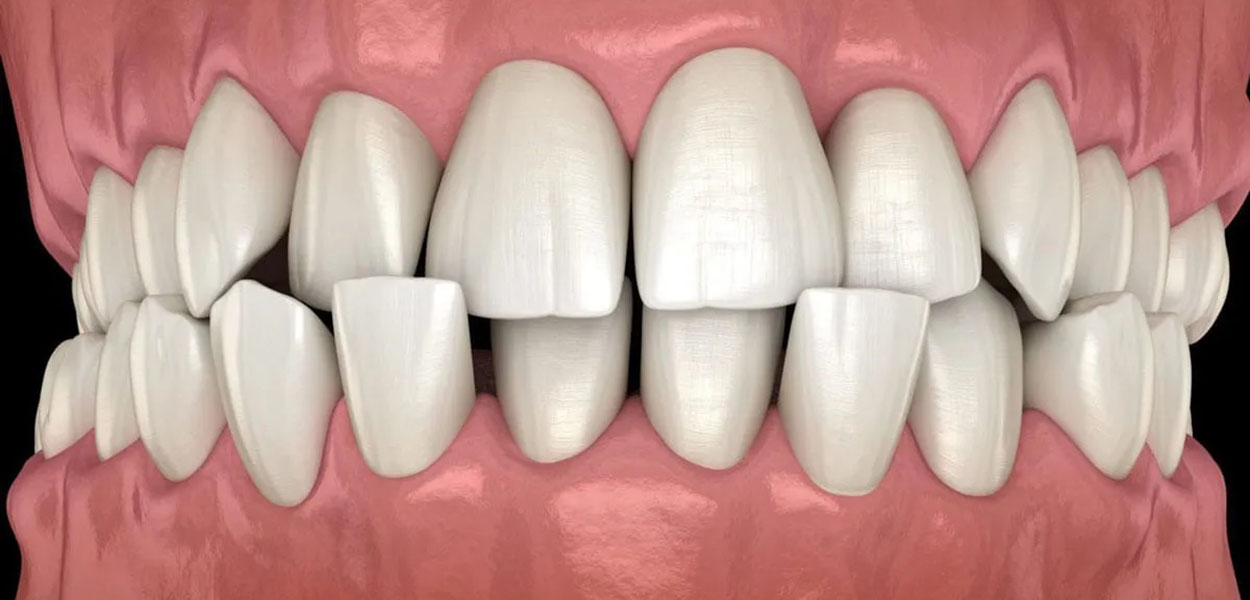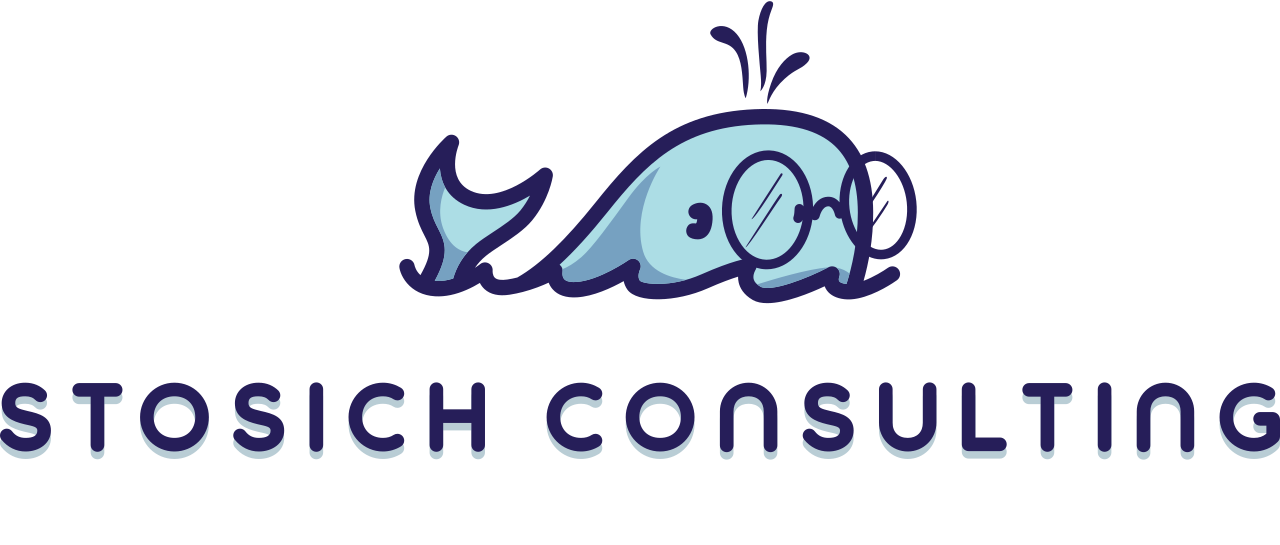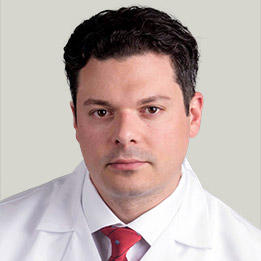Crossbites Explained

Grayslake, IL – A malocclusion refers to the improper positioning of teeth when the jaws are closed. There are several types of malocclusions, including crossbites. But what exactly is a crossbite, and how can it be corrected?
A crossbite occurs when your teeth don’t line up properly when your mouth is closed. In a normal bite, the upper teeth are wider and sit toward the outside of the bottom teeth. The upper teeth each match with a lower tooth to help evenly spread out the force of chewing. In a crossbite, however, that doesn’t happen, and it can damage your teeth.
There are two types of crossbites:
- Posterior crossbites occur when the upper back teeth sit inside the bottom teeth. The teeth may look tilted toward the tongue, rather than lined up straight to each other.
- Anterior crossbites occur when the upper front teeth sit behind the lower front teeth.
What usually causes a crossbite?
A few different things can cause crossbites. They can be caused by a dental and/or skeletal problem, delays in tooth growth, bone structure issues, upper airway problems, genetics, or bad oral habits. Specific causes of crossbites can include:
- Extended thumbsucking, pacifier use, or finger sucking
- Tongue thrust
- Missing teeth
- Baby teeth that don’t fall out
- Early loss of baby teeth
- Jaw that is too small
- Teeth that are too big
- Mouth breathing
- Cleft lip or cleft palate
How is a crossbite corrected?
“Untreated crossbites can lead to oral health issues,” says Dr. Stosich. “These problems can include loose teeth, receding gums, enamel breakdown, tooth wear, cavities, unbalanced facial features, and TMJ pain, among others.”
Crossbites won’t correct themselves so it is important to seek the care of a trained orthodontist. Early treatment is ideal to address potential jaw problems while the jaw is still growing. For some children, early interventive treatment is the best way to correct the problem.
Dr. Stosich may use an appliance called a palatal expander to correct a crossbite. This device is attached to the upper teeth and rests against the roof of the mouth. It is periodically adjusted to widen the palate and jaw.
Once the ideal expansion has been reached, braces can then be used. Some patients may only require the use of braces to correct their issue. Braces will work to guide the teeth to their ideal locations and align the bite for proper function.
Clear aligners such as Invisalign may also be a treatment option for patients. These aligners allow for a more discrete way to perfect the bite. After a consultation with Dr. Stosich, he will determine the best course of treatment to correct your issue.
If left untreated, a crossbite could lead to jaw problems and other oral health issues. If you or your child have a crossbite, schedule a consultation with Dr. Stosich today.


